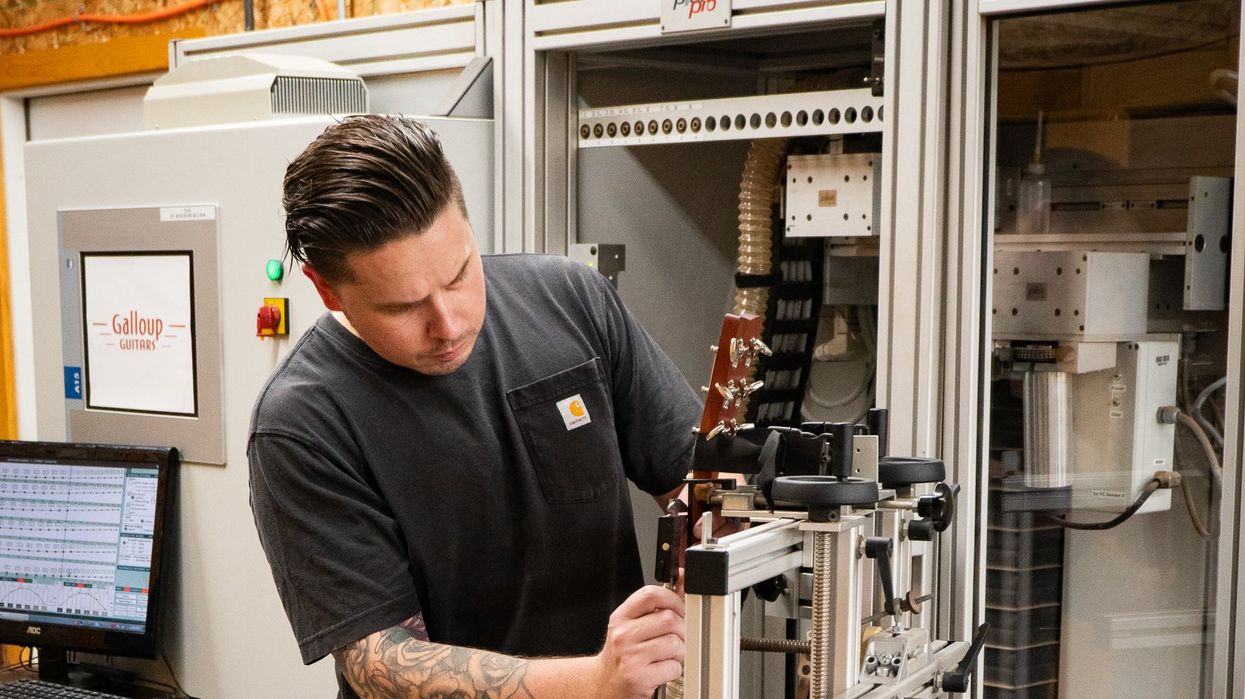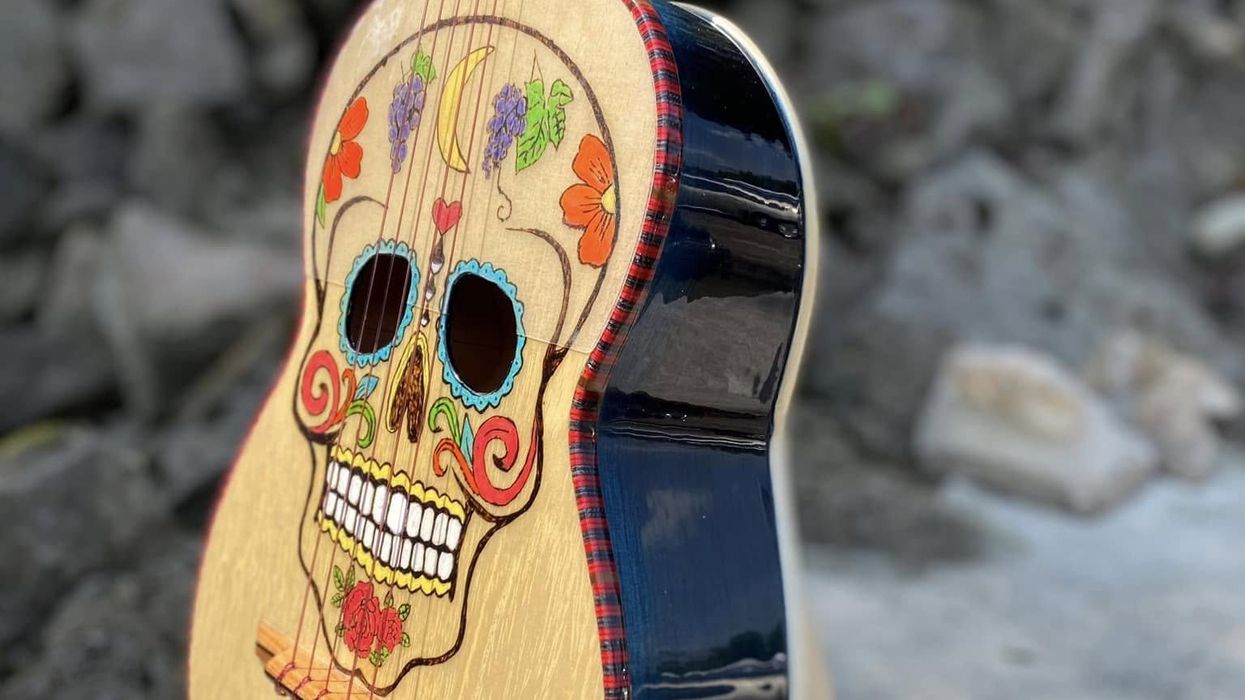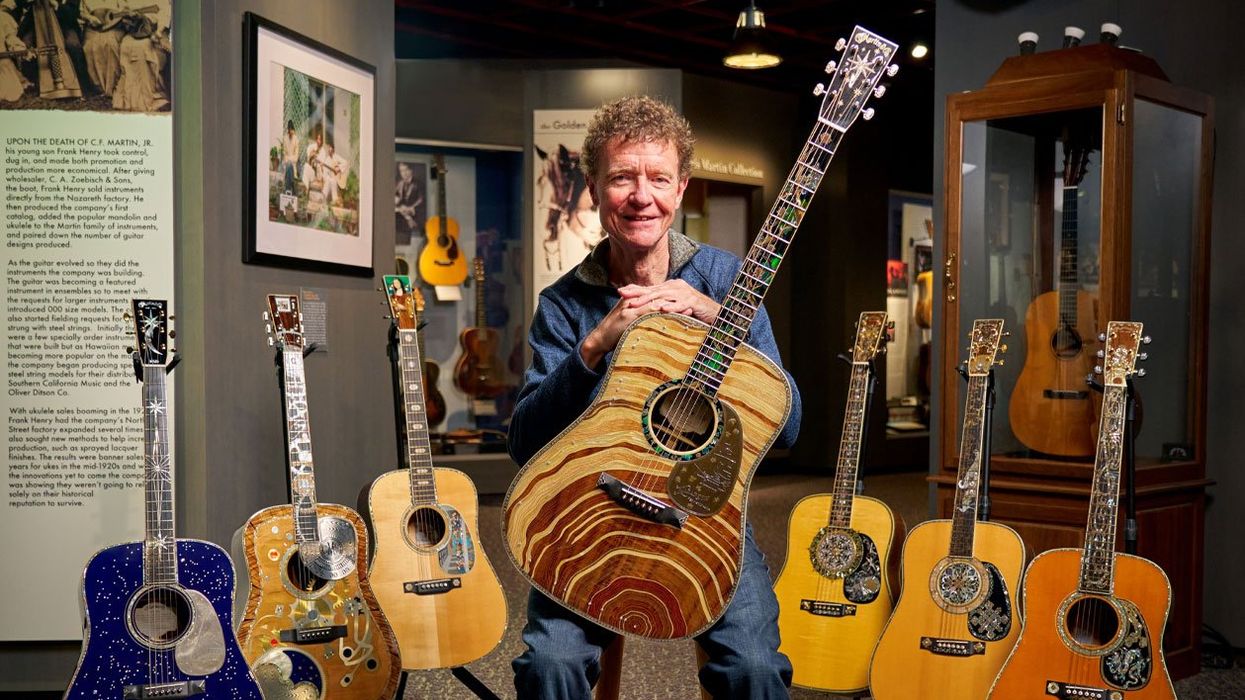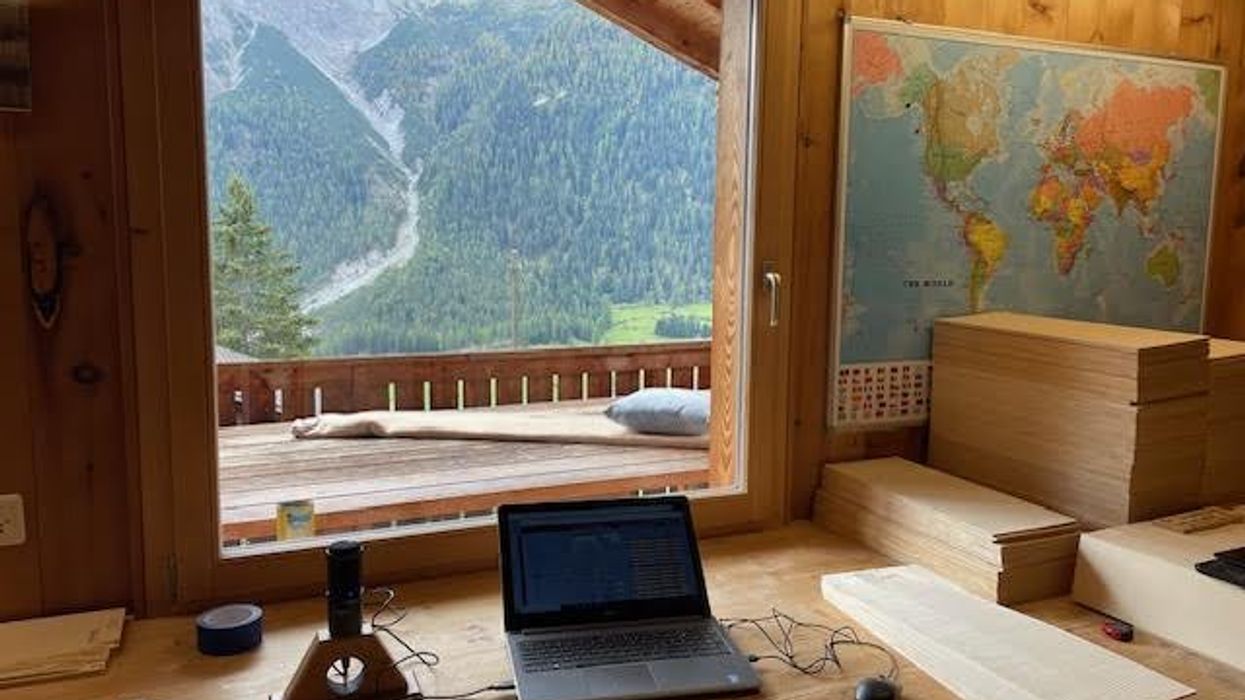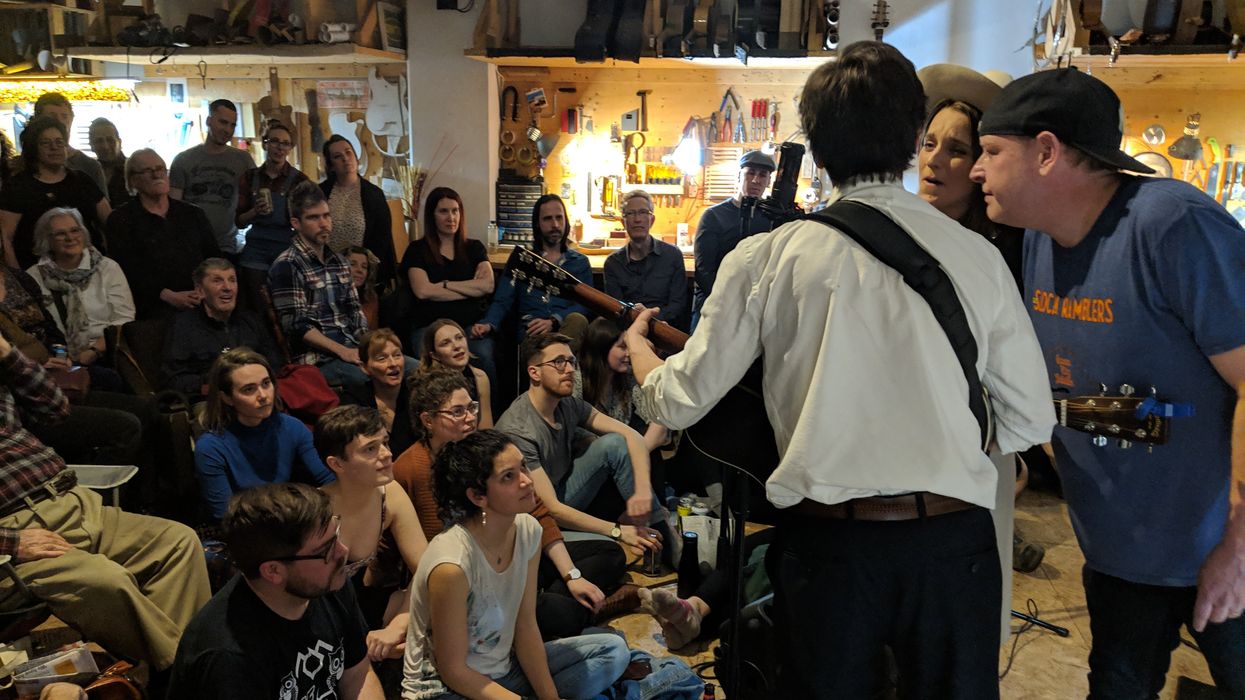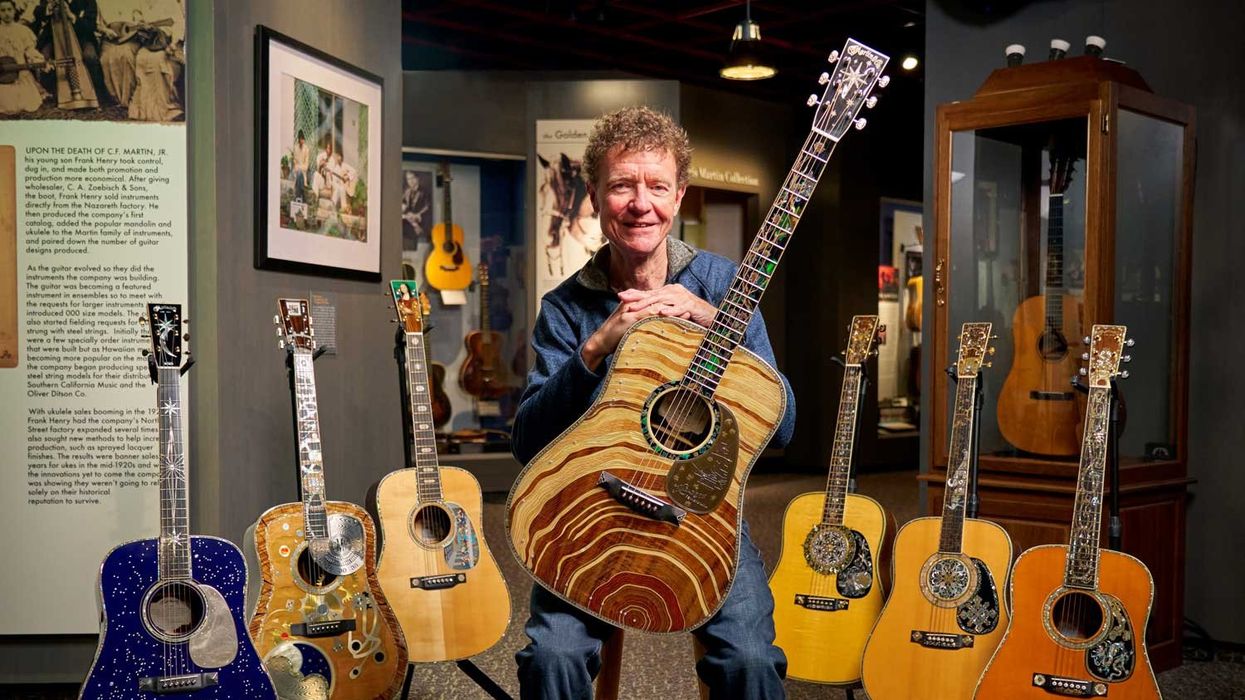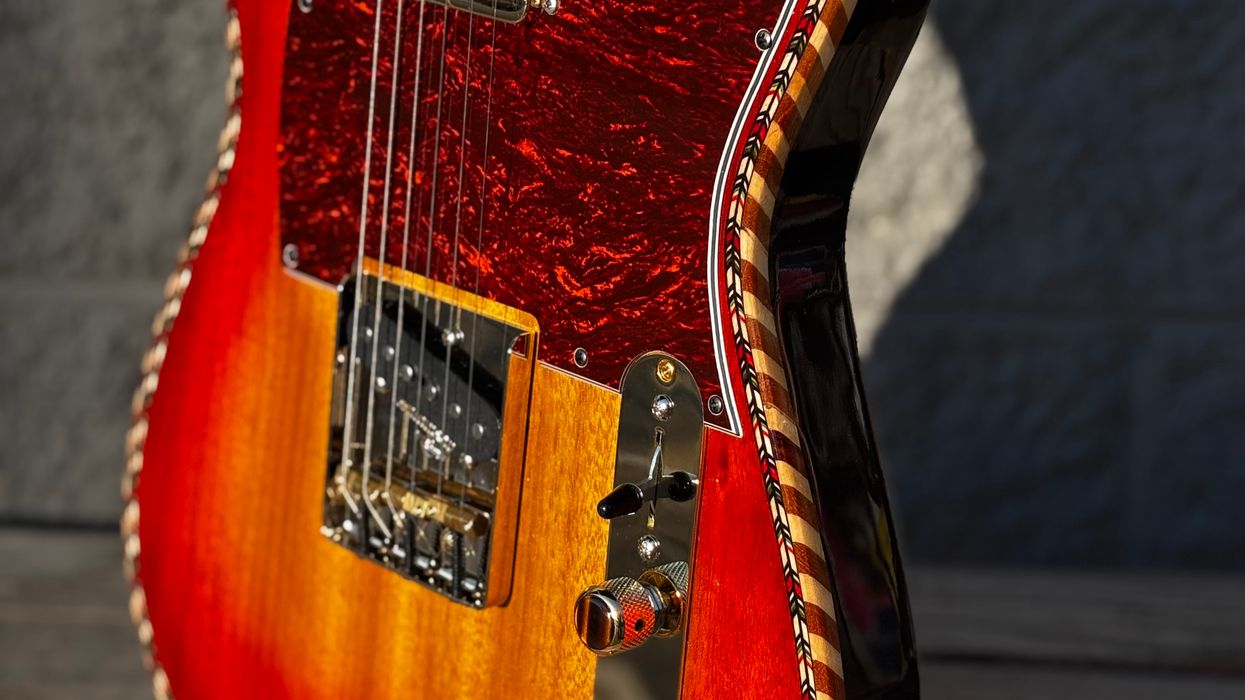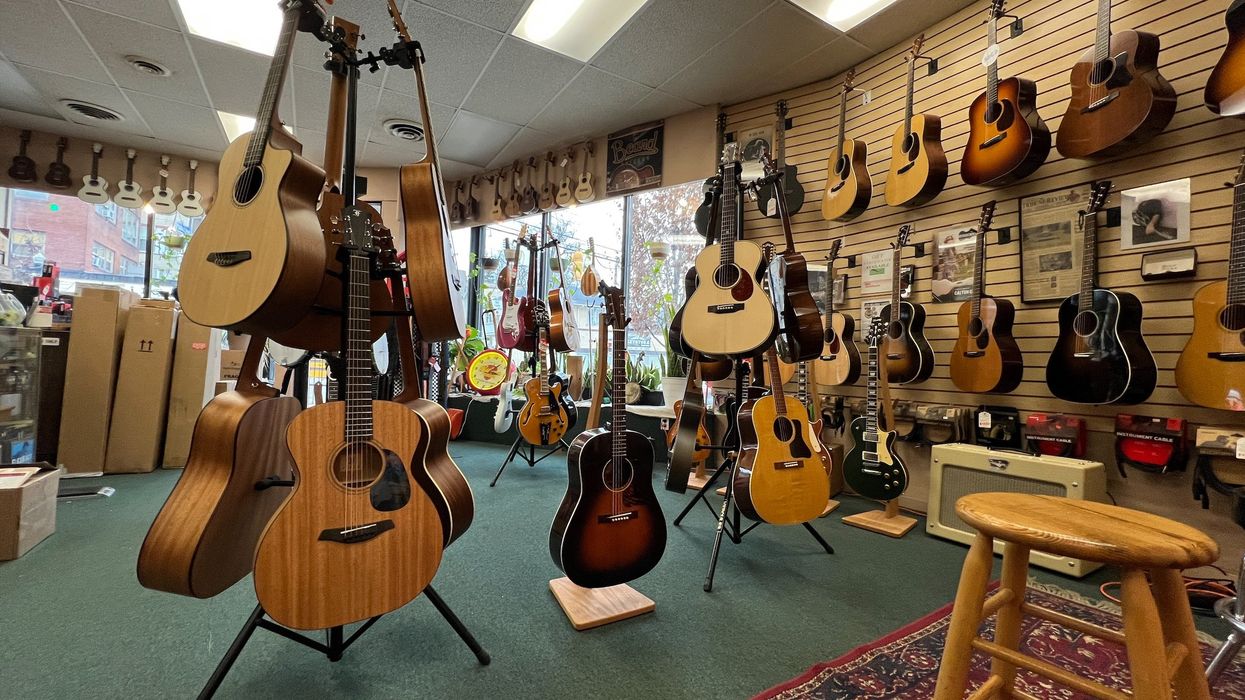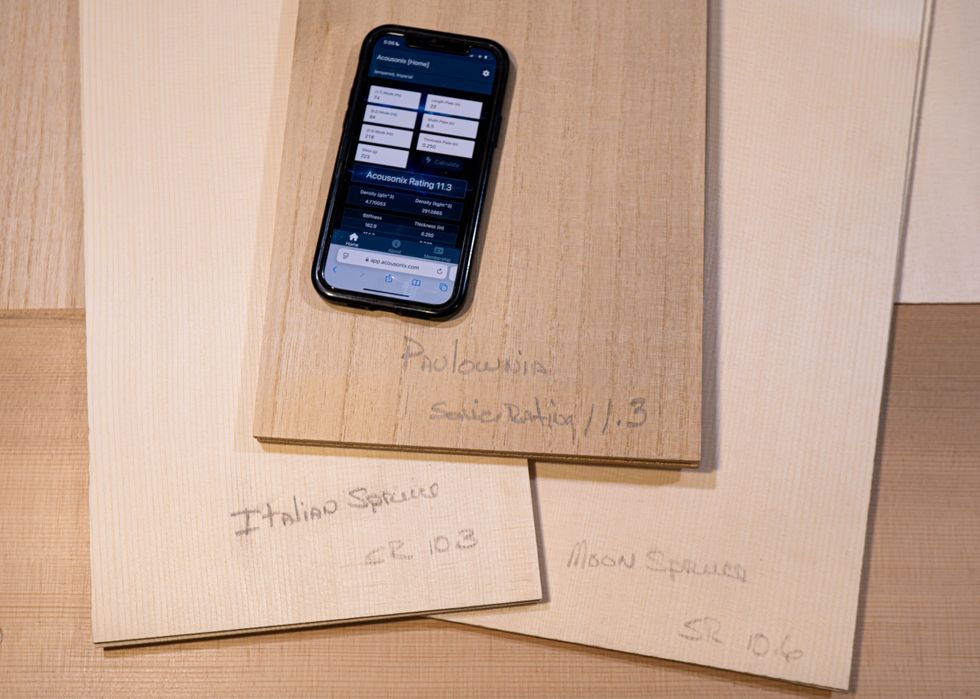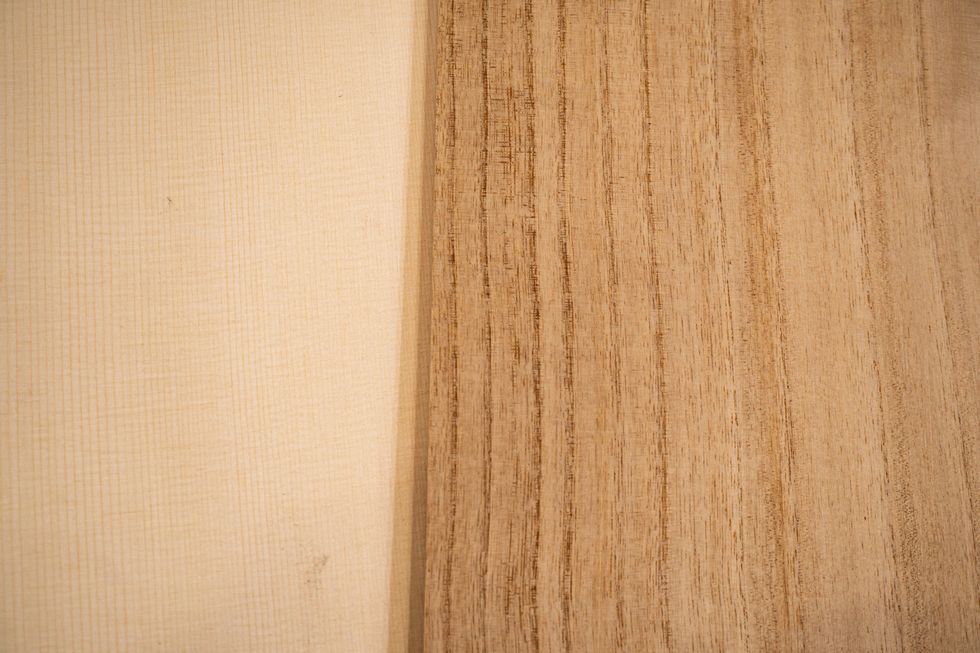When we need to get our guitars fixed by a professional, a few nagging questions run through our heads: Will the repair specialist be thorough? Will their procedures ensure an optimal sounding and easy-to-play instrument, or will they merely perform cursory work to make the guitar somewhat playable without resolving underlying issues? Have they followed the tested advancements in understanding, tools, and techniques, or are they stuck in the ideas of the ’70s?
Presently, many certified guitar-repair specialists possess the expertise required to deliver an instrument that both sounds and plays wonderfully. The standards set by manufacturers and distributors have significantly risen, safeguarded by rigorous quality protocols to guarantee the best possible acoustic experience for customers. Additionally, lutherie training has raised the bar for critical processes, and one of the most tricky is fretwork.
Traditional fretwork once involved manual labor, with technicians utilizing sandbags or similar supports to steady the neck as they straightened it with a truss rod during the filing process. A notable advancement in this field came in the mid 1970s when Don Teeter, an author and repair expert, imposed a new method: fixing the guitar body to the bench and using blocks to maintain the neck in a playing position. This refinement was one of many in the continued quest to produce superior instruments by standardized methods.
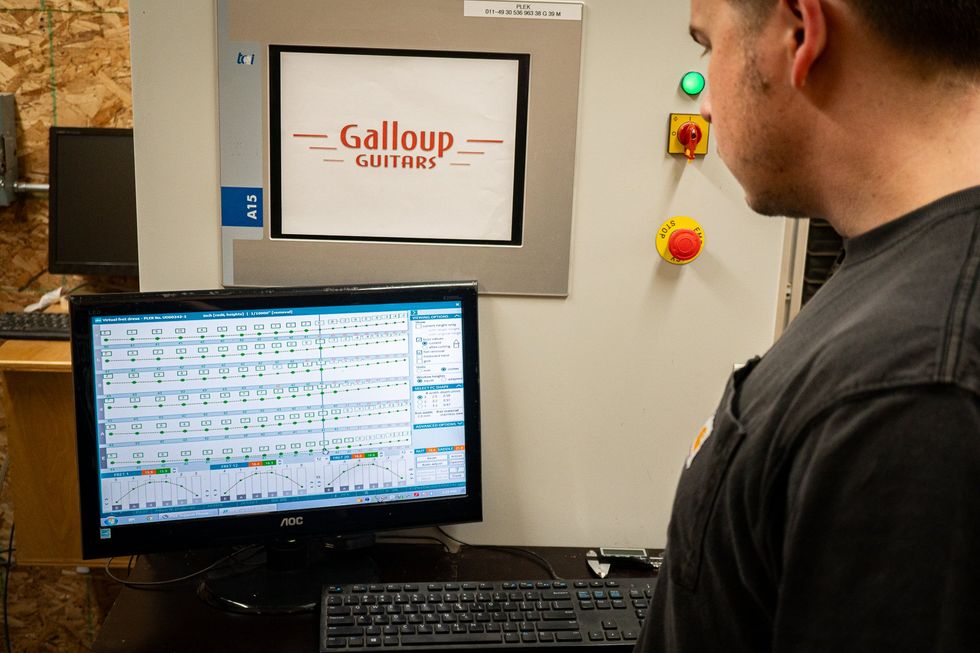
An example of the Plek’s readings from an acoustic guitar.
Photo courtesy of Galloup Guitars
In the late 1970s, another pivotal innovation was introduced by Dan Erlewine. He created an advanced fret jig with a specialized body-holding system and neck supports, adding another layer of precision to the repair process. During my collaboration with Dan in 1985, we developed a rotating neck jig that counterbalanced the forces of gravity, keeping the instrument in its playing orientation while adjusting the neck supports. This step represented a significant leap in establishing control and standardization of fretwork procedures in our industry. By 1986, our approach had evolved into a freestanding workstation coupled with a sophisticated hold-down mechanism and enhanced neck supports, culminating in increased accuracy, efficiency, and consistency. Over the decades, the Erlewine/Galloup rotating neck jig has become a benchmark in numerous shops, enhancing fretwork performance.
"This step represented a significant leap in establishing control and standardization of fretwork procedures in our industry."
By the 1990s, automated and computerized technologies permeated the guitar manufacturing and repair sectors. Initially applied by import companies in the mass production of guitars, the technology, although expediting processes, did not immediately achieve high execution standards. However, the tech dramatically improved over time, with computer-driven systems eventually transforming the industry. Contemporary automated production utilizing such advancements meets exceedingly high standards of precision. Some bespoke guitar manufacturers, such as Steve Andersen, were pioneers in adopting these methods, but it was companies like Taylor that established them in the modern era.
Inevitably, the progression of technology extended beyond the mere production of parts. Around 1995, German engineer Gerd Anke envisioned the integration of computer-assisted technology into enhancing instrument playability, giving rise to Plek technology, which uses computers to precisely measure and analyze the various components of a guitar, like neck relief, fret height, nut and bridge specs, and more. Nashville guitar-repair tech Joe Glaser was among the first to recognize the machine’s value, followed by San Francisco luthier Gary Brawer. When Heritage Guitar Inc. invested in a Plek machine, the guitar industry could no longer disregard the significance of this innovation.
“The machine’s scanning data confirmed that there was one nature of an ideal fret plane, done by hand or machine, and unsurprisingly, it conformed exactly to what physics predicts, not personal mojo.”
In the spring of 2022, Galloup Guitars obtained its first Plek machine. Promptly, our technician Adam Winarski paved the way for the Plek’s integration in our shop. Now, it’s a rarity for an instrument to leave our shop without having undergone Plek analysis and machining. Impressed by the results of our integration, we created “Intro to Plek” as a course for all students enrolled at the Galloup School of Lutherie, offering our students a practical introduction to this technology. We furthered this educational initiative with a comprehensive one-week intensive “Plek Certification Training Course” for both students and the public. This advanced Plek course serves those seeking to boost their knowledge base and employability in this high-precision field.
Plek is rapidly becoming an industry standard for major manufacturers and smaller shops alike. However, this does not mean that those without access to this technology cannot execute proficient fretwork. Personally, I continue to use my Erlewine/Galloup neck jig—not only out of nostalgia, but also because it remains an excellent method for delivering accurate and reliable guitars. Still, it’s undeniable that the process of fretting, fret dressing, and analytics of fretted instruments has undergone significant transformation, resulting in better sounding—and playing—guitars. And ultimately, that’s what it’s all about.
